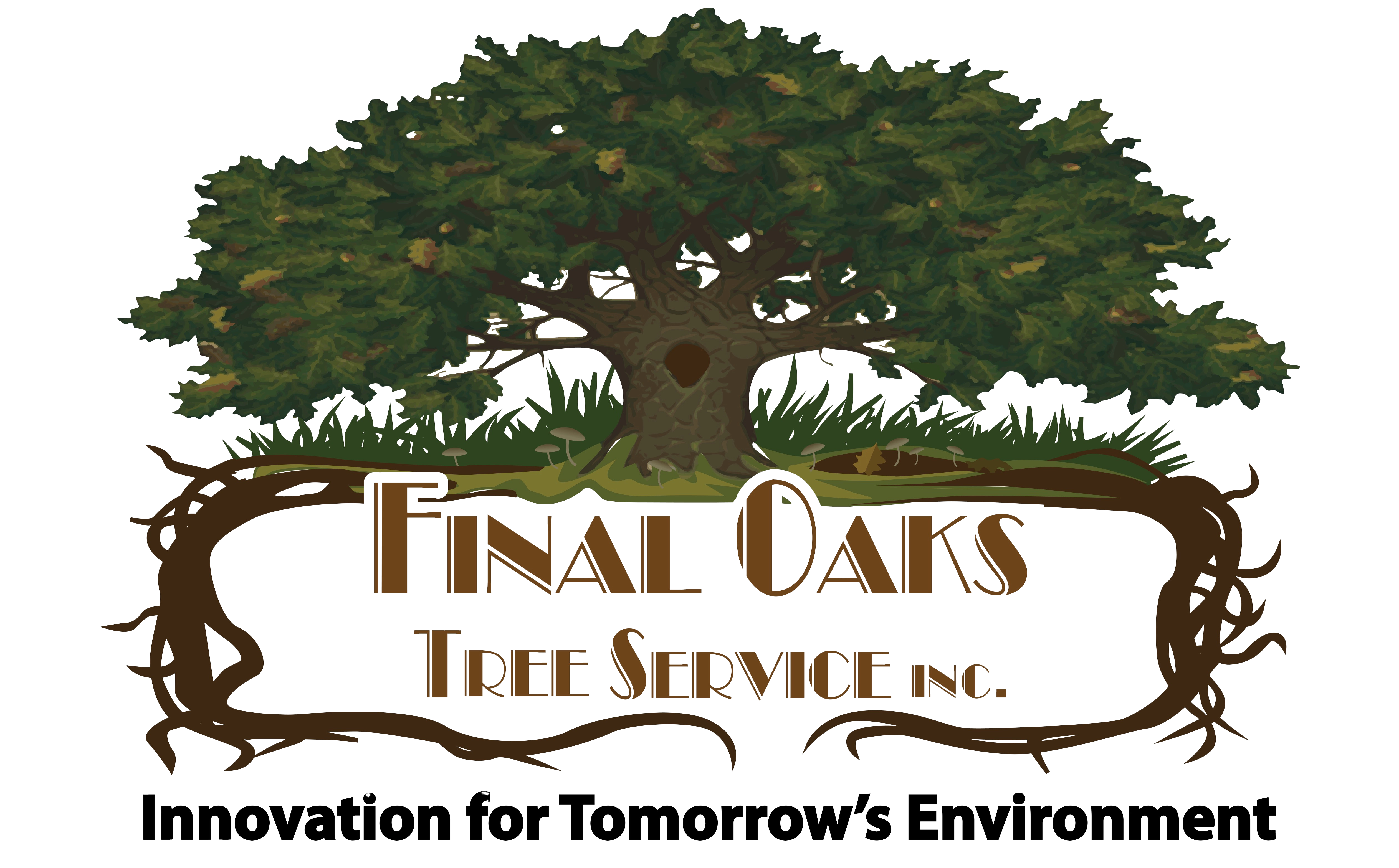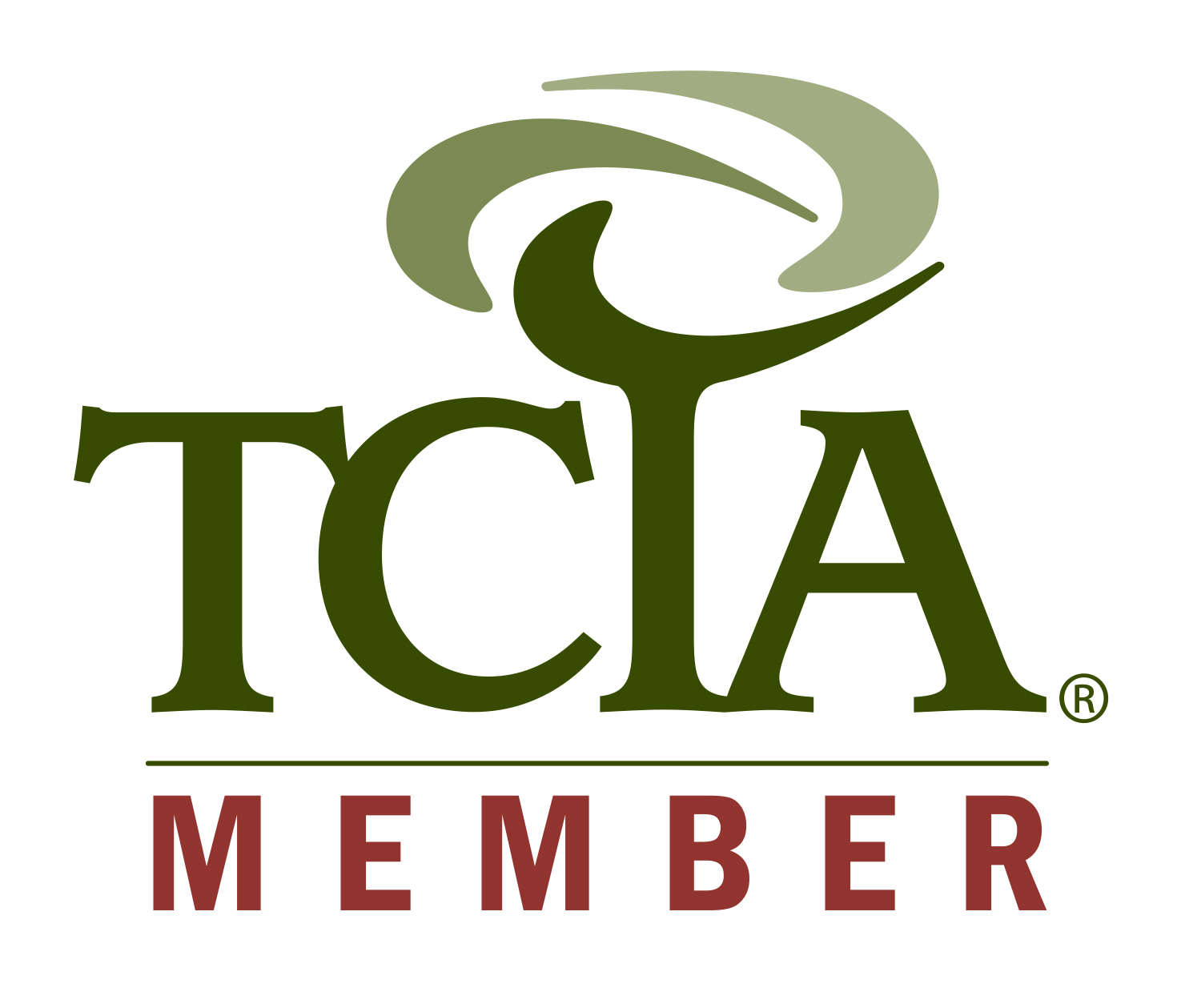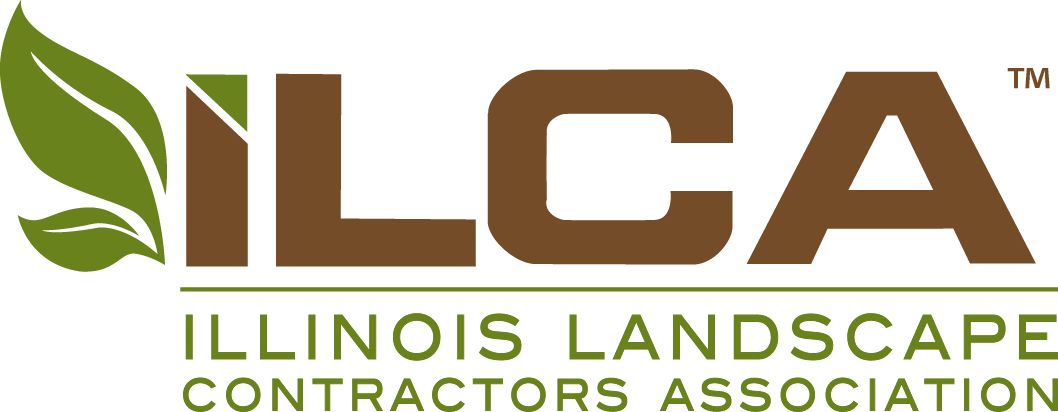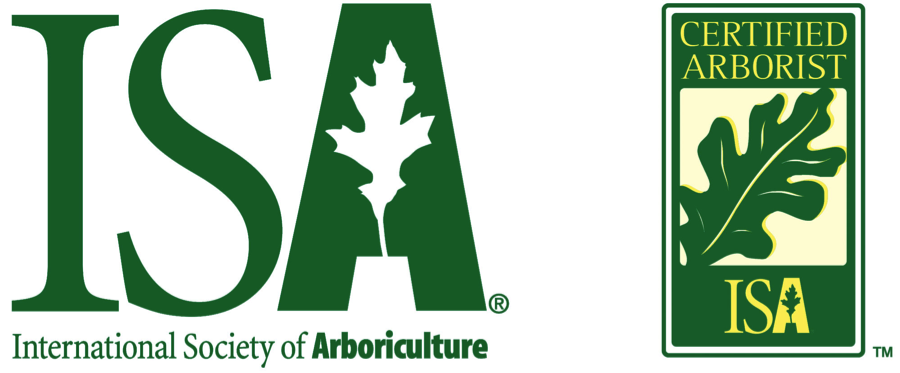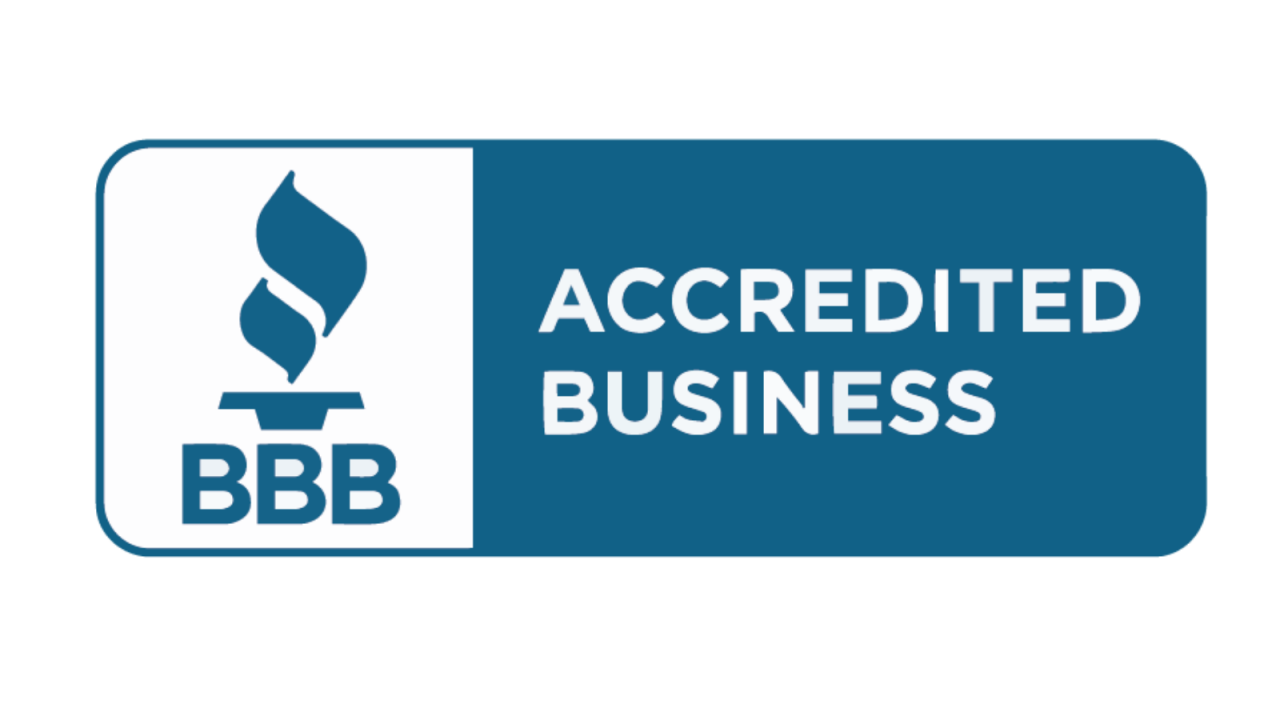
You should remove a tree when it poses a safety risk, is severely diseased, or is causing significant damage to structures. Signs that indicate removal may be necessary include large dead branches, a leaning trunk, or visible decay at the base. If you notice these issues, it’s time to consider tree removal.
Before making a decision, it’s wise to consult a certified arborist. These professionals can assess the tree’s condition and recommend the best course of action. They may suggest pruning or other tree care options if removal isn’t needed. Remember, removing a tree should be a last resort when other solutions won’t work.
Assessing the Need for Tree Removal
Trees sometimes need to be removed for safety or health reasons. It’s important to know when removal is necessary to protect people and property.
Identifying Hazardous Trees
Dead trees pose serious risks and should be removed quickly. Look for these signs:
- No leaves during growing season
- Peeling bark or cracks in the trunk
- Mushrooms growing at the base
- Carpenter ants or other pests
Dying trees with only a few live branches are also hazardous. They can drop large limbs without warning.
Check trees near buildings, power lines, or high-traffic areas often. Remove hazardous ones before they cause damage or injury.
Recognizing Signs of Internal Decay
Trees can look healthy on the outside but be rotting inside. Watch for these clues:
- Cavities or holes in the trunk
- Soft, crumbly wood when probed
- Fungal growths on the bark
- Carpenter ant activity
If you spot these signs, have an expert check the tree. They can use tools to measure internal decay. Trees with over 30% decay are often unsafe and need removal.
Understanding the Risks of Leaning Trees
Not all leaning trees are dangerous. But some can fall suddenly. Pay attention to these factors:
- Angle of the lean (more than 15 degrees is risky)
- Direction of lean (toward buildings or roads is worse)
- Recent change in lean angle
- Exposed or lifting roots on the opposite side
- Cracks in the soil around the base
Leaning trees with these issues may need removal, especially in windy areas.
Considering Tree Health and Storm Damage
Healthy trees can often recover from storm damage. But severe harm may call for removal. Check for:
- Split trunks or major limb loss
- Uprooted or severely tipped trees
- Multiple broken branches
- Lightning strikes that split the trunk
After storms, have damaged trees checked by an expert. They can tell if saving the tree is possible or if removal is safer.
Legal and Environmental Considerations
Removing a tree involves more than just cutting it down. You need to think about laws and the impact on nature.
Local Regulations and Permits
Most cities have rules about tree removal. You might need a permit before cutting down a tree. Check with your local government office to find out. Some areas protect certain tree species. Others have rules about tree size.
The permit process can take time. You may need to pay a fee. In some cases, you might have to plant a new tree to replace the one you remove. Breaking these rules can lead to fines. It’s best to follow the law to avoid trouble.
Environmental Impact and Tree Preservation
Trees play a big role in the environment. They clean the air, provide homes for animals, and prevent soil erosion. Before removing a tree, think about its value to nature.
If you must remove a tree, consider planting a new one. This helps keep the environment balanced. Choose a native species that will thrive in your area. Plant it in a spot where it can grow without causing problems.
Some trees are home to protected animals. You might need to wait until nesting season is over before removing the tree. This keeps wildlife safe and follows environmental laws.
The Tree Removal Process
Tree removal involves careful planning, skilled cutting, and thorough cleanup. Safety is key throughout the process. Proper techniques and equipment help ensure efficient removal while protecting property and people.
Planning and Preparation
Before cutting begins, assess the tree and its surroundings. Identify potential hazards like power lines or structures. Determine the tree’s lean and plan a safe felling direction.
Gather necessary equipment:
- Chainsaw
- Rope and rigging gear
- Safety gear (helmet, goggles, gloves)
- First aid kit
Clear the area around the tree. Set up a safety perimeter at least twice the tree’s height. Plan escape routes in case the tree falls unexpectedly.
Check local regulations. You may need permits for tree removal, especially for large or protected trees.
Cutting Techniques and Safety Measures
Start with proper chainsaw technique. Make a horizontal cut about one-third of the way through the trunk on the fall side. Then make a downward cut to create a wedge.
On the opposite side, make a back cut slightly higher than the wedge. This creates a hinge that controls the fall direction.
For tall trees, use rigging techniques to remove sections from the top down. Attach ropes to upper branches and lower them safely to the ground.
Always wear safety gear and maintain awareness of your surroundings. Keep your footing secure and maintain a firm grip on equipment.
Stump Removal and Site Cleanup
After felling, remove the stump. Stump grinding is an effective method. Use a stump grinder to chip away the wood to below ground level.
Alternatively, you can dig out the stump manually or use chemical treatments to speed up decay.
Collect and dispose of all wood debris. Smaller branches can be chipped for mulch. Larger sections may be usable as firewood.
Fill the hole left by the stump with soil. Level the area and replant grass if desired.
Clean and inspect all equipment after use. Proper maintenance ensures safety and longevity of your tools.
Aftercare and Tree Management

After removing a tree, proper care for the remaining landscape is crucial. This includes pruning other trees and planting new ones to restore the area.
Pruning and Maintenance of Remaining Trees
Pruning is key for tree health after nearby removals. You should trim dead branches to prevent disease spread. Look for epicormic shoots – new growth from dormant buds. These may need removal to maintain tree shape.
Hire a tree service for large or high pruning jobs. They have the right tools and safety gear. For smaller trees, you can prune yourself with clean, sharp tools.
Check remaining trees often for signs of stress. New light exposure may cause sunscald on previously shaded bark. Water deeply during dry spells to help trees adjust.
Replanting and Landscape Restoration
Planting new trees helps restore your landscape. Choose species that fit the space and local climate. Fall is often the best time to plant, giving roots time to establish before summer heat.
Prepare the planting site well. Dig a hole twice as wide as the root ball but no deeper. Mix compost into the backfill soil for nutrients. Water new trees deeply and regularly for the first year.
Add mulch around new plantings, but keep it away from the trunk. This helps retain moisture and suppress weeds. Consider adding other plants to create a diverse landscape that supports wildlife.
Common Tree Diseases and Pests

Trees face many threats from diseases and pests. Knowing how to spot and address these issues can help save trees and protect your property.
Identifying and Treating Emerald Ash Borer
The emerald ash borer is a destructive beetle that attacks ash trees. Look for D-shaped exit holes in the bark and S-shaped tunnels under it. You may also see thinning canopies and bark splitting.
If you spot signs of infestation, act fast. Treatment options include:
- Injecting insecticides into the tree
- Soil treatments around the base
- Bark sprays
For severe cases, tree removal may be needed. Certified arborists can assess the damage and recommend the best course of action.
Management of Other Tree Diseases and Pests
Many other pests and diseases can harm trees. Common issues include:
- Dutch elm disease
- Oak wilt
- Pine bark beetles
- Anthracnose
Regular inspections help catch problems early. Look for unusual leaf color, wilting, or dieback. Check for insects, fungal growth, or cankers on bark.
Treatment varies by issue. Options may include pruning infected areas, applying fungicides, or using insect traps. In some cases, removing heavily infected trees prevents spread to healthy ones.
Proper tree care is key to prevention. Water trees during dry spells and avoid damaging roots or bark. Mulching can also boost tree health and resistance to pests.
Hiring a Professional Tree Service
When removing a tree, it’s crucial to hire experts who can do the job safely and effectively. Professional tree services have the right skills and equipment to handle complex removals.
Selecting a Certified Arborist
Certified arborists are tree care professionals with specialized training and knowledge. Look for credentials from reputable organizations like the International Society of Arboriculture (ISA).
Ask for proof of insurance, including liability and workers’ compensation. This protects you from potential damages or injuries during the job.
Get at least three quotes from different arborists. Compare their prices, services, and approach to your specific tree removal needs.
Check online reviews and ask for references from past clients. This helps you gauge the arborist’s reputation and quality of work.
Understanding the Scope of Services Offered
Professional tree services offer more than just tree removal. They can help with:
- Tree health assessment
- Pruning and trimming
- Stump grinding
- Emergency tree care
Ask about their equipment and techniques. Reputable services use modern tools and follow safety standards.
Discuss the cleanup process. Will they remove all debris or leave firewood if you want it?
Tree care professionals should provide a detailed written estimate. This should include the cost, timeline, and specific services they’ll perform.
Make sure they have a plan for protecting your property during the removal process. This includes strategies for minimizing damage to your lawn and nearby structures.
